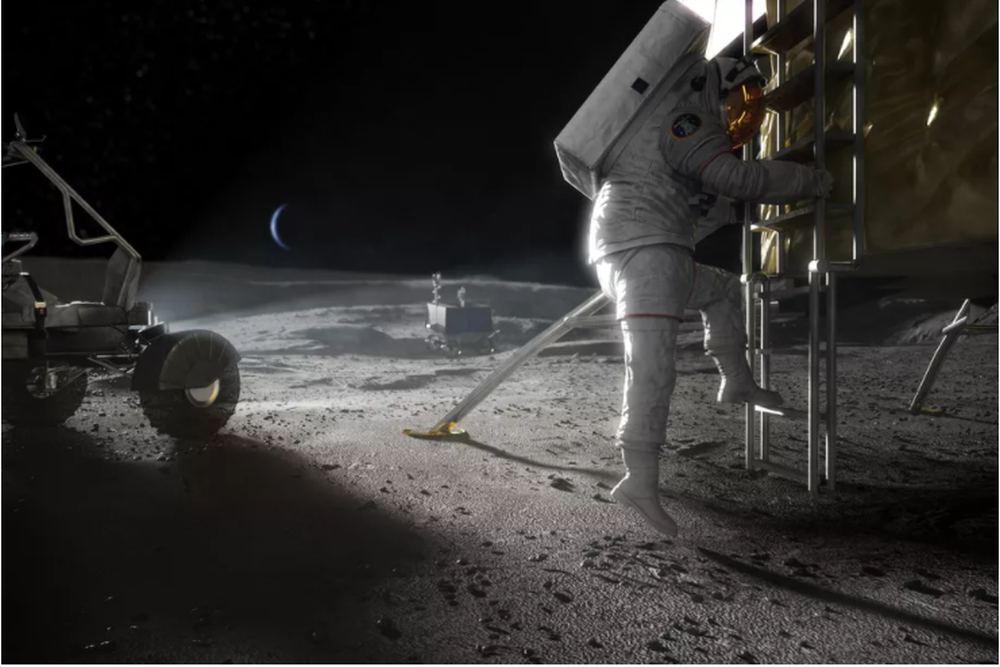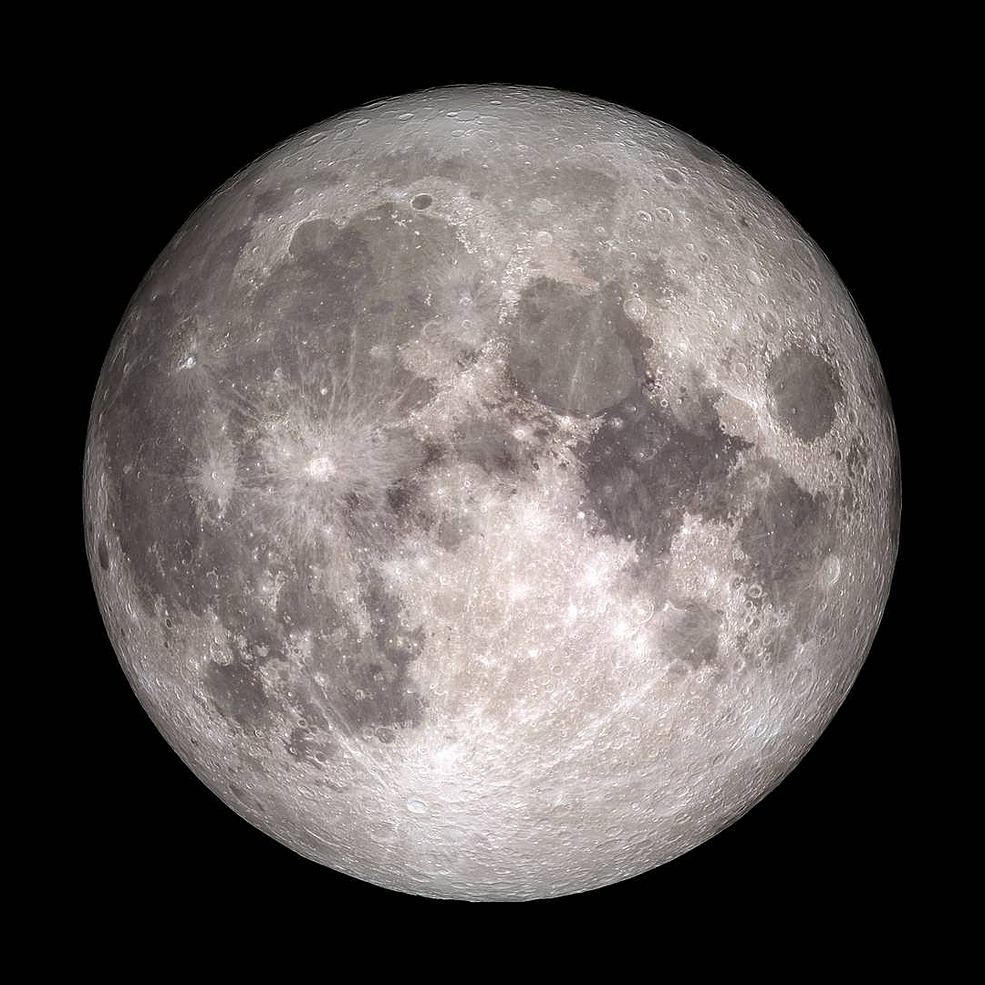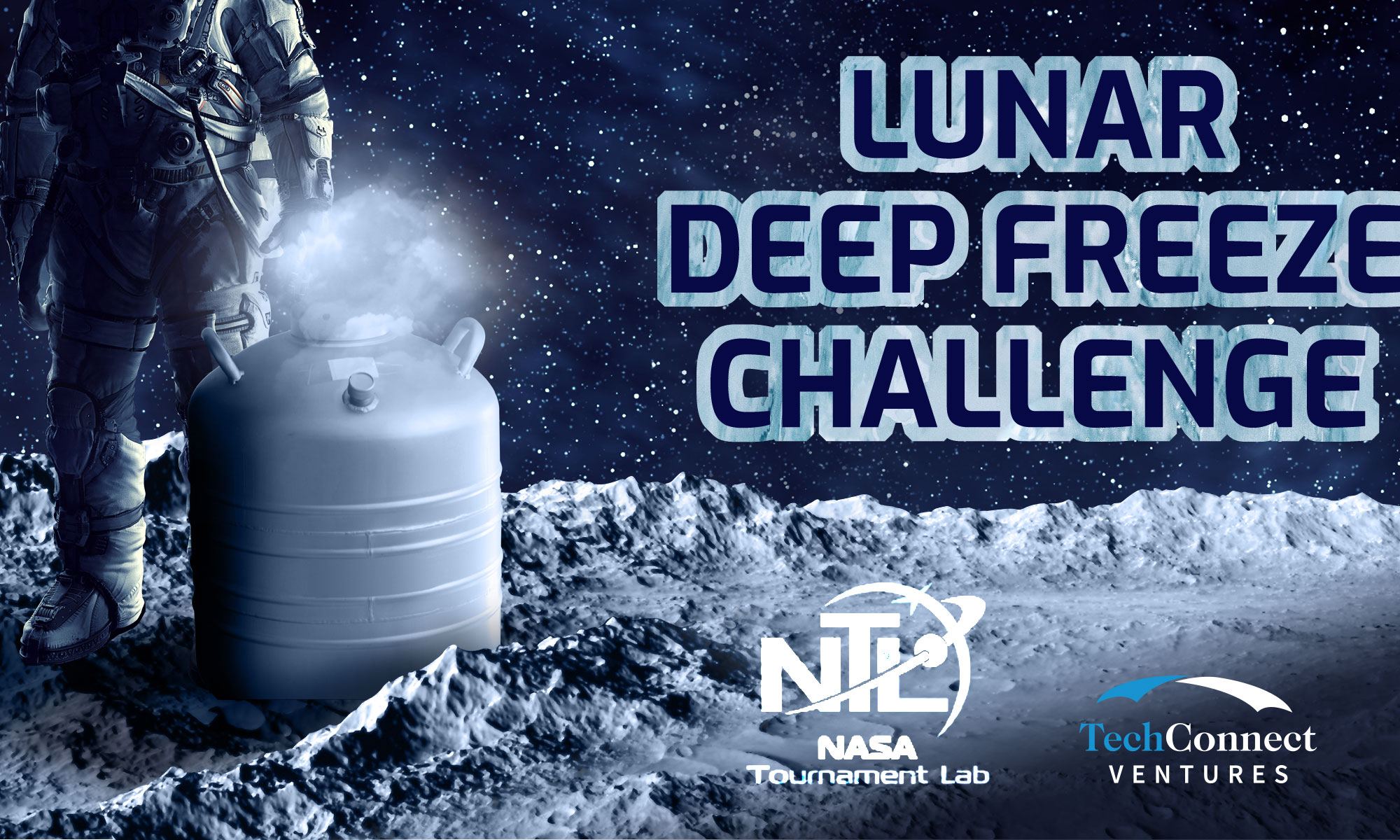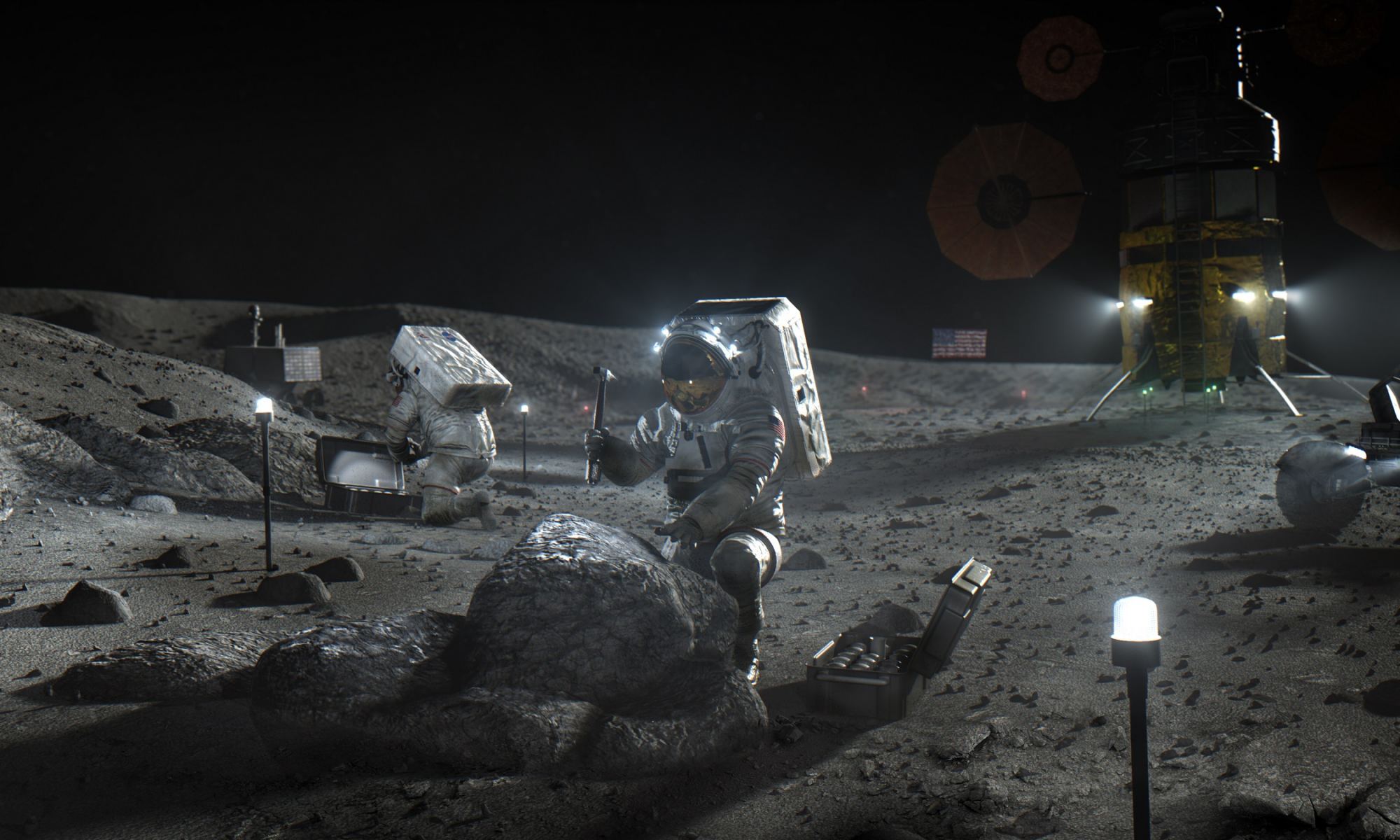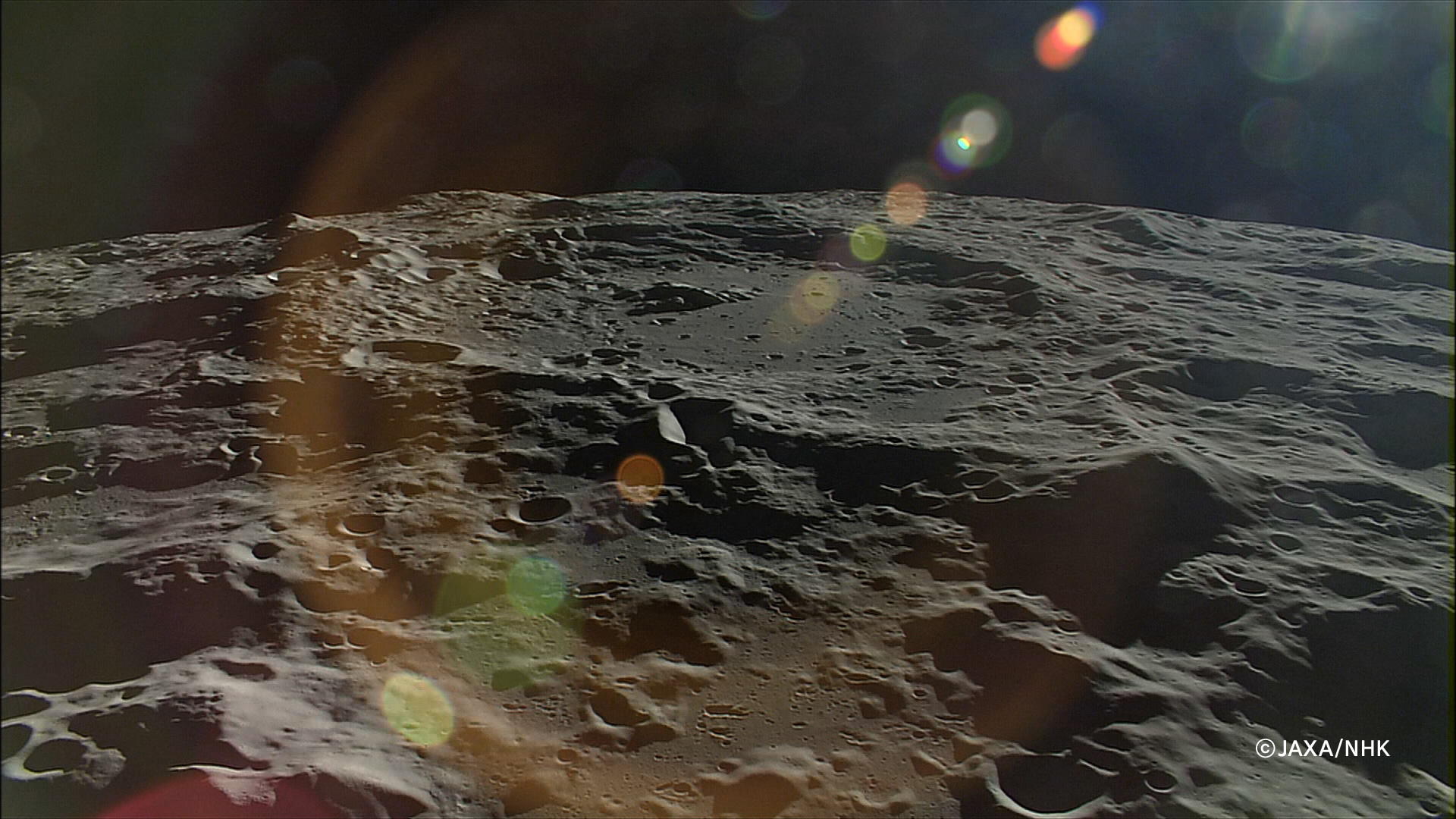It looks like Russia is thumbing its nose at international cooperation on the Moon. They’ve refused to sign the Artemis Accords, which are a set of rules governing Lunar exploration. NASA and seven other countries have signed on already, with more to come.
Continue reading “NASA and Seven Countries Sign the Artemis Accords for the Exploration of the Moon. Russia Declined to Participate”NASA and Seven Countries Sign the Artemis Accords for the Exploration of the Moon. Russia Declined to Participate
